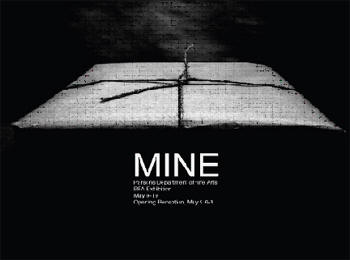The Ancient City of Heraclea 359 B.C.
May 24th, 2007- June 12th, 2007
The Ancient City of Heraclea 359 B.C.
HERACLEA LYNCESTIS
HERACLEA LYNCESTIS the city of Philip II the Macedon presents an unavoidable attraction and challenge for the Macedonian and world archeology. Built before 359 B.C. as a strategic center on the northwest border of the Macedonian province of Lyncestida, its past stretches far back into the shadows of Prehistory till the late Bronze Age.
The overwhelming position of Heraclea in the ancient world results from a fortunate coincidence of history and geography. Situated in the fertile plain, to the north protected by Baba mountain and from south by the Siva Voda river, it has always been on the road which, during the period of Roman rule, became interchangeable with the famous road of Via Egnatia from the classical epoch, the link between Adriatic and Aegean coasts. As a station on Via Egnatia the city has been noted in several itineraries: Itinerarium Antonini, Itinerarium Burdigalense, Tabula Peutingeriana as well as by the geographer Ravensky as a station on the road between Heraclea and Stobi.
Soon after the Roman conquest in 168 B.C, Macedonia is turned into the Roman province ( in 148 B.C.) and partioned into four regions with restricted trade among regions and banned intermarriage in order to achieve the outmost alienation. Heraclea became a part of the Fourth merida with a permanent Roman regent and a permanently deployed Roman army. Thus, it prospered into an important economic and political center.
No one that visited Heraclea could not escape the magnificent monument with a character of Roman power: Therma, Portico of the courtroom with its impressive inscription engraved in stone from Deeds and Days by Hesiod and of course the genius of the Roman architecture – the Theatre, built according to the great constructional canons of the experienced engineer Vitruvius
Heraclea enjoyed the most famous period of its history by stepping on the path of the cross, thus becoming an eminent episcopate center. Most eloquently testimony to this are the reference to the bishops about their attendance on the church councils and the architectural ensemble such as The Small Basilica, the Great Basilica, Episcopal Residence and City fountain erected by the archbishop Jovan on the occasion of the 35th anniversary of the reign of the emperor Justinian.
What is considered to be the most mysterious and impressive things about Heraclea are the floor mosaics, performed in various techniques, distributed on surface of 1300 square meters.
The city of Heraclea, however, did not enjoy for long the fruits of its golden age, since with the Avar-Slav’s attacks the darkness of barbarianism fell upon it.
“The Ancient City of Heraclea 359 B.C.”



